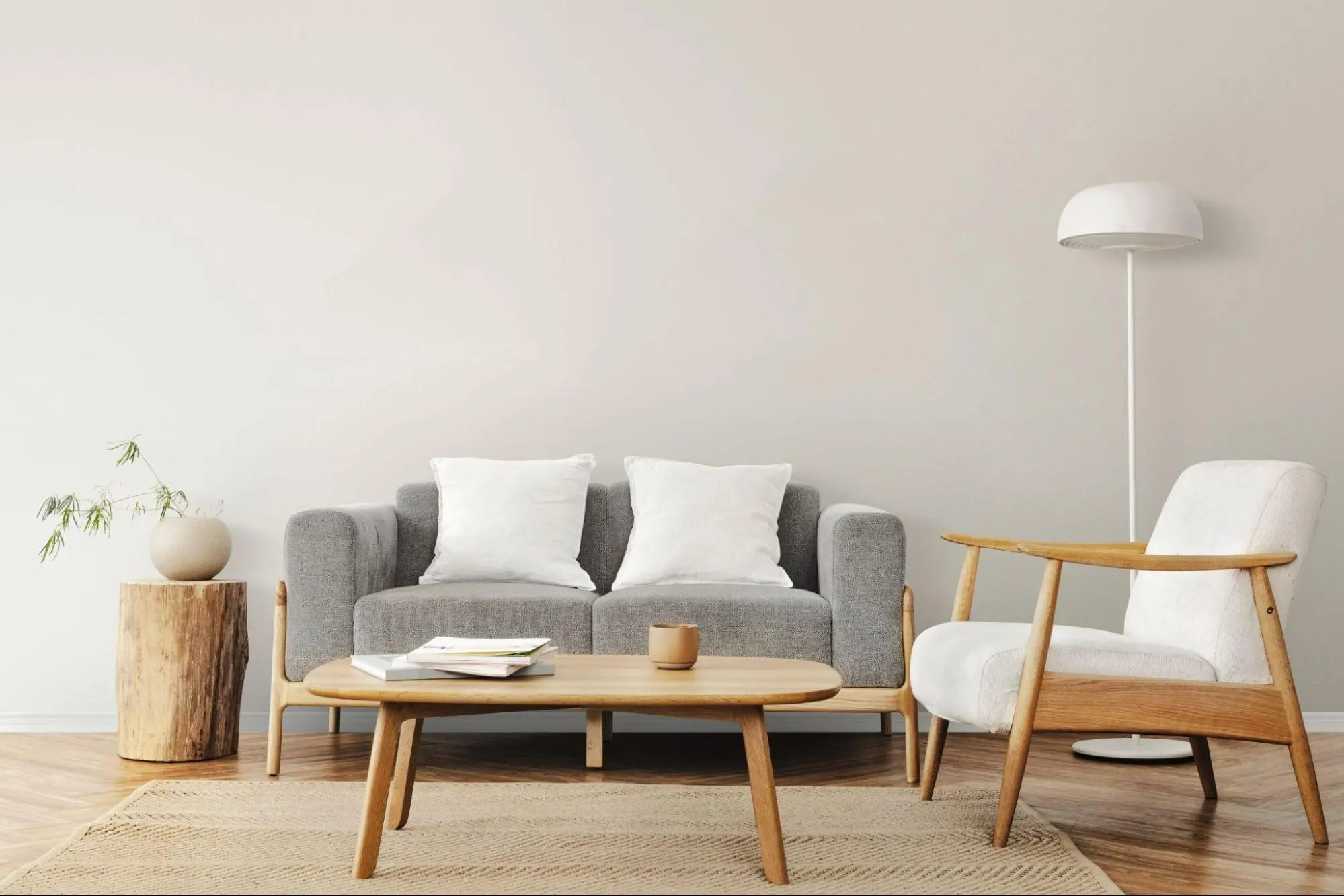In the world of architecture and interior design, the minimalist concept has become one of the continuously evolving trends. Minimalism embraces the ideas of simplicity, cleanliness, and order. It transforms homes into more comfortable and efficient spaces, reducing chaos in various aspects of life. This article will delve into how to organize a home with a minimalist concept, detailing every aspect to consider, from spatial arrangement to color selection, and providing useful tips.
Organizing a home with a minimalist concept is an art in itself. With a focus on simplicity, minimalism creates clean, efficient, and comfortable spaces. In this guide, we will explore the essential elements to consider when organizing a home with a minimalist concept. Each aspect will be expanded upon to help you better understand how to achieve the desired look and atmosphere.
1. Organizing a Home with Minimalism
1.1 Avoid Ornamental Plants
First and foremost, it's important to understand that the minimalist concept encourages simplicity in home decor. Therefore, avoid excessive ornamental plants or intricate carvings. Ornamental plants with thick leaves or bold patterns may disrupt the overall appearance. Opt for plants with simple shapes and minimalist pots. This will provide a natural ambiance without compromising the minimalist concept. Clean and elegant plant choices such as palms, monstera, or snake plants align well with the minimalist theme.
1.2 Avoid Complex Patterns
Complex or excessive patterns can distract focus and disrupt minimalist aesthetics. When selecting furniture, pay attention to the patterns. Choose furniture with solid colors or simple patterns that align with the overall minimalist theme. Avoid furniture with intricate details or complicated carvings. Direct attention to clean lines and simple designs. Choosing furniture with minimal patterns ensures the simplicity of the room remains intact.
1.3 Keep it Tidy
Minimalism is not just about aesthetics but also about organization. Ensure your home stays neat and organized. Store unnecessary items properly and avoid excessive clutter. Wall shelves or cabinets that match the minimalist concept can help you keep your home tidy. Consider the use of elegant and concealed storage boxes for small items that can often make a room look cluttered.
1.4 Furniture Selection
Furniture is a key element in minimalist spatial arrangement. Choose simple furniture with clean lines and neutral colors. Use furniture that serves dual purposes to save space. Examples include sofas with storage underneath or foldable dining tables. Choosing the right furniture will help create an organized and efficient space.
1.5 Avoid Too Many Colors
Color selection is a crucial aspect of minimalism. Avoid using too many colors in a room. Choose a few neutral colors that align with the minimalist theme, such as white, gray, or cream. You can add a few accent colors, but avoid making the room look too colorful. Common accent colors in minimalism are black or dark gray. Neutral colors provide a calm background, while accent colors add an interesting contrast.
When arranging colors, also consider room lighting. Proper lighting can influence color perception and the overall impression of the space. Ensure the room receives as much natural light as possible and consider suitable artificial lighting. This will help create a warm and comfortable minimalist atmosphere.
In organizing a home with a minimalist concept, simplicity is key. By avoiding excessive ornamental plants, complex patterns, maintaining tidiness, selecting the right furniture, and using minimalist colors, you can create a home that radiates peace and beauty. May this guide be useful to you in adopting an elegant and efficient minimalist lifestyle. Simplicity is not just about appearance; it's also about well-being and comfort in daily life.
Also Read: 11 House Paint Color Inspirations for Your Design Interior
2. Colors Considered Minimalist
Color selection is a key element in achieving a successful minimalist concept. The colors you choose to decorate your home can have a significant impact on the overall aesthetics and atmosphere of the space. In the context of minimalism, some colors are highly considered suitable. Besides white, gray, or cream, let's explore some colors that play a crucial role in creating the desired minimalist aesthetics.
2.1 Dusty Charcoal
Dusty charcoal is one of the neutral colors highly suitable for the minimalist concept. This color provides an elegant and deep tone to the room without being too bold. Dusty charcoal can be used as a wall color, adding a modern and luxurious touch to the space. When used as an accent, such as on furniture or accessories, it creates a classy and appealing look.
2.2 Light Rose
Light rose is a bolder choice within the minimalist context. This color adds a touch of softness and warmth to the room. Although it tends to be brighter than neutral colors, using light rose as an accent on furniture or accessories can provide an interesting contrast. Light rose creates a warmer and cozier space while still maintaining simplicity.
Also Read: Business Apartment Rental, Profit Opportunities with Your Assets
2.3 Broken White
Broken white is one of the most common colors in minimalist design. This color offers a clean and elegant look to the room. Broken white is highly effective in creating a brighter and more expansive space. Using it as a wall or floor color provides a perfect background for minimalist elements in the room.
2.4 Coral
Coral is a bright and refreshing color that can be used as an accent in a minimalist room. Though somewhat bold, using coral wisely can add a vibrant and cheerful touch to the room without disrupting overall simplicity. You can choose accessories like sofa cushions, vases, or wall art with coral accents to introduce a refreshing pop of color.
2.5 Coffee Brown
Coffee brown is a color that imparts a warm and comfortable feel to a minimalist room. This color is well-suited for use on furniture or accessories, especially if you want to create a more inviting atmosphere. Using coffee brown on furniture, such as coffee tables or chairs, can introduce an interesting contrast in minimalist design.
In organizing a home with a minimalist concept, color selection is a crucial element. Neutral colors like dusty charcoal, light rose, broken white, coral, and coffee brown are suitable choices for creating minimalist aesthetics. Remember to maintain a balance between these colors to achieve a harmonious and well-coordinated room.
Also Read: Exploring Princess Diana's Fashion: Astounding Netizens in Her Time
In conclusion, the minimalist concept is about reducing clutter and creating a space that is clean, simple, and efficient. By avoiding excessive ornamental plants, complex patterns, maintaining tidiness, selecting the right furniture, and using minimalist colors, you can create a home that radiates peace and beauty. May this article provide a useful guide for you in organizing a home with a minimalist concept.
BFI Finance is a company that provides multi-purpose loans with guarantees for motorbike bpkb, car bpkb, and house or shophouse certificates






